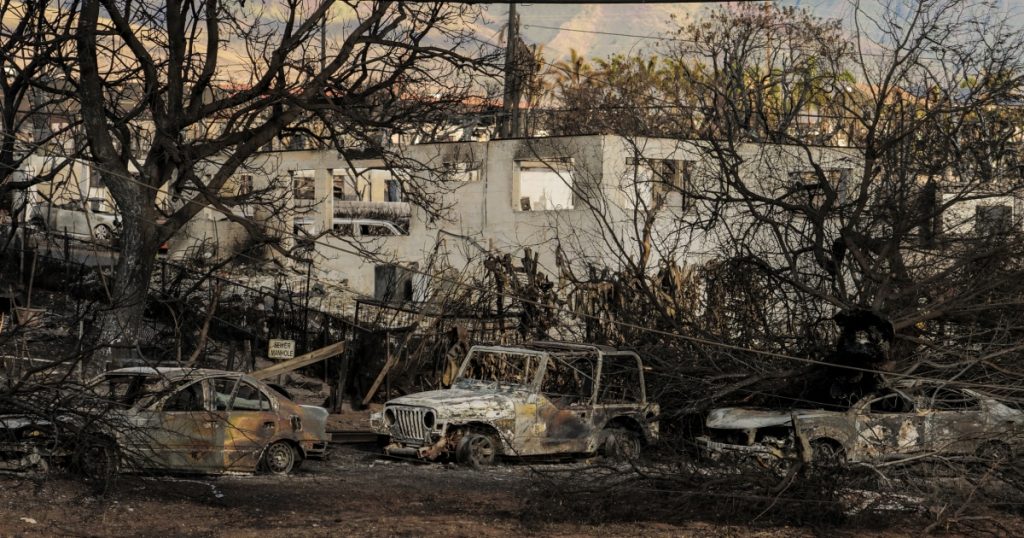The report details a harrowing incident where a truck became trapped between downed power lines and approaching flames. Crew members were forced to huddle to one side of the truck, one of them unconscious from a medical emergency, to avoid extreme heat before being rescued. Fire Chief Brad Ventura praised the response of the firefighters, who bravely battled the fires in Lahaina despite knowing their own homes were at risk. The report recommends improvements such as keeping all back-up vehicles ready to deploy and creating a statewide mutual aid program.
The chaos following the out-of-control fire is described in the report, with fire trucks driving over downed power lines to evacuate residents. Crews encountered individuals in need of rescue, including a couple who found a baby and people who had jumped into the ocean to escape the flames. The report also highlights the importance of maintaining radio communications in the event of a cellular network failure due to damaged towers and fiber-optic cables. Recommendations include developing an evacuation plan for residents and tourists who speak different languages.
The disaster was exacerbated by a windstorm that downed power lines and blocked roads throughout Lahaina. Hawaiian Electric acknowledged that one of its power lines caused a fire in Lahaina but denies it ignited the flames that devastated the town later that day. Roughly 40% of Maui County’s firefighting resources were already committed to other wildfires, leaving a smaller team to contend with outbreaks in Lahaina. Emergency officials struggled with communication issues, including downed cellphone and internet service, which hindered residents from seeking help and information about the fire.
The high winds made communication challenging for first responders using radios, and overloaded 911 operators and emergency dispatchers with hundreds of calls. Police and electricity crews worked to direct people away from blocked roads, but residents fleeing burning neighborhoods caused congested traffic, trapping some in their cars when the fire overtook them. The report also points to the vulnerability created by Maui’s history of land conversion and the growth of invasive grasses due to plantation closures in the late 1900s, creating a volatile fuel bed for fires.
Overall, the report underscores the bravery and dedication of the firefighters who worked under difficult circumstances to battle the Lahaina fires. It also highlights the need for improved coordination and communication between emergency responders, especially in the face of natural disasters. The recommendations put forth in the report aim to enhance preparedness and response capabilities to prevent similar incidents in the future. Addressing issues such as communication breakdowns, resource deployment, and evacuation planning will be crucial in ensuring the safety of residents and visitors in Maui.


